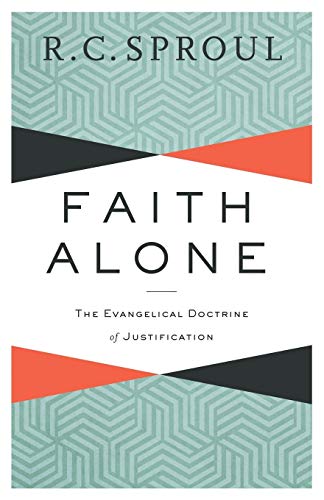Cross and Crescent: Responding to the Challenge of Islam
Written by Colin Chapman Reviewed By David MarshallI recently heard Colin Chapman describe himself as a middle-man between academic Islamicists and ordinary church members. This book, which was produced alongside a Bible Society course, reflects that role. It is a rich resource, drawing on a wide range of authors, Muslim and non-Muslim, but it is not intended as an academic textbook. Rather, it is something of a manual for Christians who want to develop worthwhile and well-informed relationships with Muslims. This practical aim is never far from view and we are constantly presented with case-studies and questions to reflect on.
The book is divided into five parts. Part 1 emphasizes the priority of natural human contact with Muslims before questions of theology and mission can be addressed. Here we are introduced to some of the key features of Islamic culture and advised on some of the practicalities involved in getting to know Muslims (e.g. they may well be more at ease if we visit them in their houses than vice versa). A challenging chapter asks us to examine our own attitudes to Muslims, and to be honest about some of the fears and unhelpful gut reactions that may lurk within us. Part 2 gives short introductions to key topics such as the Qur’an, Muhammad and Sufism, before moving to contemporary issues such as Muslim feelings about Israel and women in Islam. Although Chapman occasionally raises points where non-Muslim scholars have questioned traditional Islamic positions (e.g. over Muhammad’s alleged illiteracy), his intention throughout is to let the reader see what Islam means for Muslims, ‘to sit where Muslims sit’ (p. 139). He therefore gives Muslim authors plenty of space to speak for themselves.
Parts 3 and 4 move on to areas of dialogue and disagreement between Muslims and Christians. Chapman begins with some specimen answers to standard questions raised by Muslims and robustly defends the Bible against Islamic claims that it is ‘corrupted’, but his aim is not to produce spoon-fed Christian apologists, and in subsequent chapters he emphasizes the dangers of simplistic responses. In some cases he outlines a diversity of Christian viewpoints (e.g. on the question ‘Is there any revelation in Islam?’), and leaves us to assess them for ourselves. Part 5 concerns sharing our faith with Muslims and considers a range of approaches, including starting from Qur’anic themes. The book ends with a brief but powerful reflection on walking the way of the cross.
Some minor criticisms. References have not always been given, which at some points (e.g. p. 287) I found frustrating. The book has a somewhat uneven structure, with the space allotted to different themes seemingly rather random at times; the overall effect is that the book does not flow especially smoothly, but in a practical workbook of this kind this is not a serious problem. The two maps are poorly produced. Among the book’s many strengths I would emphasize how Chapman has let Muslims speak for themselves and the sympathetic but challenging way in which he addresses his evangelical readership. He also provides a number of highly quotable quotes, such as Hamidullah’s extraordinary words: ‘there are several ways of establishing contact or communication between man and God. The best would have been incarnation; but Islam had rejected it’ (p. 226).
One final observation. Although Chapman makes clear the points at which Islam and Christianity diverge and expresses these sharply (e.g. pp. 259–60), and although he is concerned to enable Christians to share their faith with Muslims, he does not encourage us to try to ‘win the debate’ by disproving Islam with our arguments. The chapter entitled ‘Learning from the controversies of the past’ indicates that Chapman has serious reservations about the polemical approach typified in the nineteenth century by Pfander, who sought to disprove the claims of Islam in public debate. His sympathies lie more with the tradition of Temple Gairdner and Kenneth Cragg, who is extensively quoted. His comments on Henry Martyn reflect Chapman’s own priorities: ‘… while he believed in the need for apologetics, he had real doubts about the value of certain kinds of argument. He was far more at home in personal conversations with small groups of interested Muslims and stressed the need for lasting friendships’ (p. 211). But as in the nineteenth century, so today some evangelicals feel that Christian witness must involve a direct and unambiguous attempt to disprove the divine origins of the Qur’an. For those who take this view, the approach of Cross and Crescent might seem frustratingly indirect, at least at points. For others it will have the ring of patient Christian wisdom, born of years of experience and reflection.
David Marshall
Exeter College, Oxford







